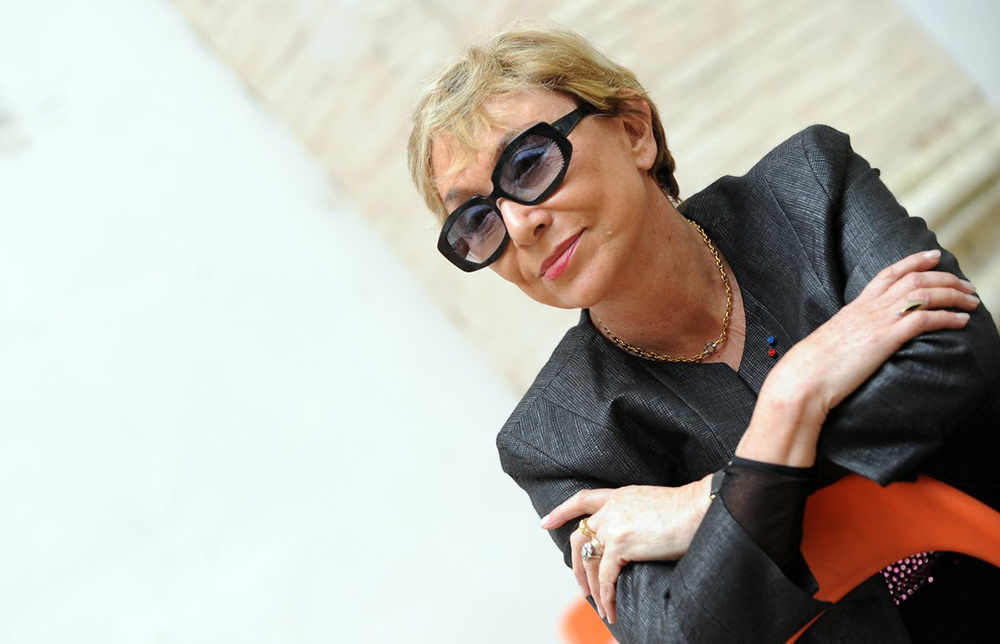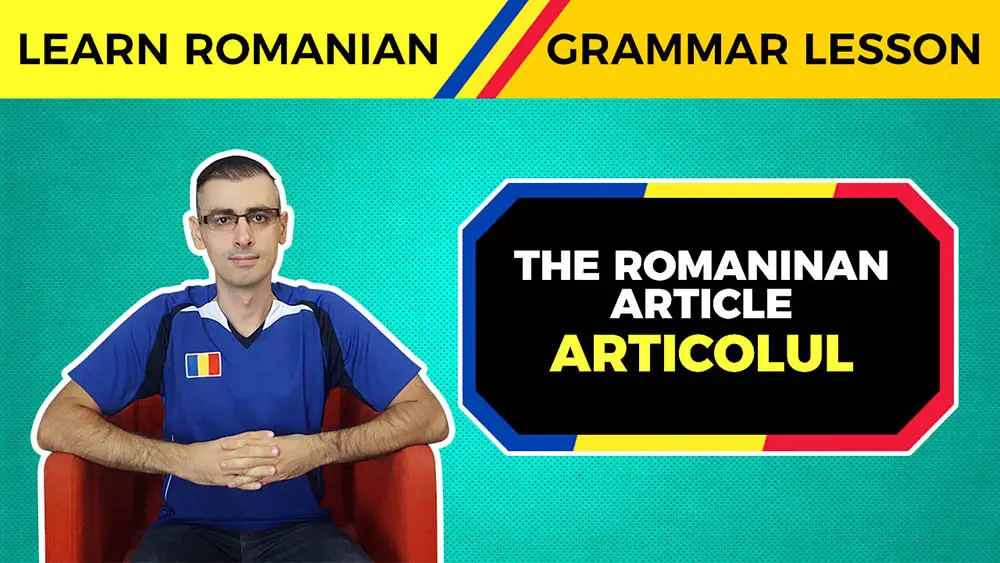Bulgarian-born French literary critic and philosopher Julia Kristeva is an influential authority in many fields of study, from literary criticism, to psychoanalysis, to anthropology and psychology.
Born in Sliven, Bulgaria, in 1941, Kristeva now resides in France from where she has continued her prolific scientific career, which amounts to over 30 published books and even five detective novels.
In this article we will look at the top 10 facts about Julia Kristeva’s literary theories.
1. SAUSSUREAN AND BAKHTIAN INFLUENCES
For Ferdinand de Saussure, the relational nature of the word emerges from a vision of language seen as a generalized and abstract system which includes the spoken word and that which is spoken about. For Mikhail Bakhtin, the relation originates from the existence of the word within specific social registers, and specific moments of utterance and reception. Since neither Saussure nor Bakhtin actually employs the term intertextuality, most people credit Julia Kristeva as being the inventor of “intertextuality.” Kristeva was influenced not only by Saussure’s theories, but also by Bakhtin’s. It is through the combination of the Saussurean and Bakhtinian theories that Kristeva’s notion of intertextuality emerged.
2. THE INTELLECTUAL SCENE
Julia Kirsteva started living in France in the mid-1960s, a period of time when the French intellectual scene was one in which many established theories in philosophy, political theory, and psychoanalytic theory were being transformed by structuralists with roots in Saussurean linguistics. But there were also others who criticized Saussure’s theories, and who would later on become the post-structuralists. Attention to the role of literature and literary language was crucial to the rise of post-structualist theory.
3. ATTACK ON SEMIOTICS
In her writings, Kristeva attacked the stable signification centered on the transformation of Saussure’s concept of semiology into what was called semiotics. Structuralist semiotics argued for the objectivity of language, stating that myths, oral cultural traditions, literary texts, or any cultural text can be scientifically analyzed. But this approach neglected to give attention to the human subject who performs the utterance under consideration. It also does not account for the fact that signifiers are plural, full of historical meaning, directed not so much to stable signifiers as to a domain of other signifiers. All these aspects which were not taken into consideration by structuralist semiotics are exploited in Kristeva’s work, from which emerges her theory of intertextuality.
4. THE BIRTH OF SEMIANALYSIS
Kristeva established a new mode of semiotics, which she calls “semianalysis.” She emphasizes in this approach the idea that texts are always in a state of production, rather than being products to be quickly consumed. In her view, ideas are not presented as finished, consumable products, but are presented in such a way as to encourage readers to come up with their own interpretation of its meaning. Kristeva’s new semiotics of production thus blurs the distinction between science, or the logical, and language and imagination.

5. REVISING BAKHTIN
In Desire in Language: A Semiotic Approach to Literature and Art (1980), Kristeva revised and redirected Bakhtin’s work in one of her most important essays: The Bounded Text and Word, Dialogue, and Novel. In this work, she is concerned with establishing the manner in which a text is constructed of already existent discourse. She argues that authors do not create their texts from their own mind, but rather compile them from pre-existent texts. Thus, according to Kristeva, the text becomes “a permutation of texts, an intertextuality in the space of a given text,” in which “several utterances, taken from other texts, intersect and neutralize one another”.
READ MORE: Top 10 Facts About FERDINAND DE SAUSSURE’s Theories
6. TEXT AND DISCOURSE
Kristeva argues that, the text is not an individual, isolated object but a compilation of cultural textuality. Kristeva believes that the individual text and the cultural text are made from the same textual material and cannot be separated from each other. This is basically a re-phrasing of the Bakhtinian notion of the “dialogue,” which established a relation between author, work, reader, society, and history. The distinction is that Kristeva’s theory paid close attention to text, textuality, and their relation to ideological structures. Bakhtin’s work centers on human subjects using language in specific social situations, while Kristeva’s work deals with more abstract notions, such as text and textuality. However, both Bakhtin and Kristeva believed that texts cannot be separated from the larger cultural or social textuality out of which they are constructed. Therefore, all texts contain ideological structures expressed through discourse.
7. MEANINGS OF TEXTS
According to Kristeva, texts do not present clear and stable meanings. They embody society’s conflict over the meaning of words. Thus, intertextuality deals with a text’s existence within society and history. Texts have no unity or unified meaning of their own; they are thoroughly connected to on-going cultural and social processes. A text’s meaning is understood, in Kristeva’s view, as a temporary re-arrangement of elements with socially pre-existent meaning. Meaning then, is simultaneously both ‘inside’ (reader’s view) and ‘outside’ (society’s influence) the text.
8. PRIOR EXISTANCE OF TEXTS
The communication between author and reader is always paired with an intertextual relation between words and their prior existence in past texts. As Kristeva stated: “any text is constructed as a mosaic of quotations; any text is the absorption and transformation of another”.
9. INTERTEXTUALITY AND MODERNISM
Kristeva argues that intertextuality coincides with the rise of Modernism, a period of cultural practice usually dated from the beginning of the 20th century and the publication of such authors as James Joyce, Marcel Proust, and Franz Kafka. Kristeva’s work on intertextuality focuses heavily on the late 19th century and early 20th century avant-garde writing. The avant-garde writers drew their inspiration from the invention and application of new or unconventional techniques, thus breaking free from old conventions, while challenging the norms.
10. TRANSFORMING TEXTS
Kristeva’s semianalytical approach extends beyond the literary text and includes other art forms, such as music, painting, and dance. It is thus not far fetched to assert that motion pictures could also be included in this category. Kristeva recognized that texts do not just utilize previous texts or other art forms but, rather, they transform them, which is why these sources are so difficult to identify.

This article is based on my book, “The Matrix and the Alice Books.” Consider supporting our project by purchasing a copy. The Kindle edition is only 99 cents.
To make sure you don’t miss the next episode, subscribe to UpLife, a space where we strive for an Upgraded Lifestyle.


